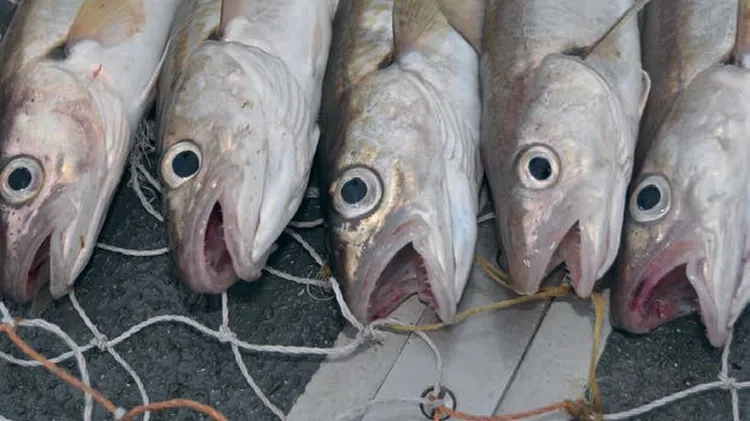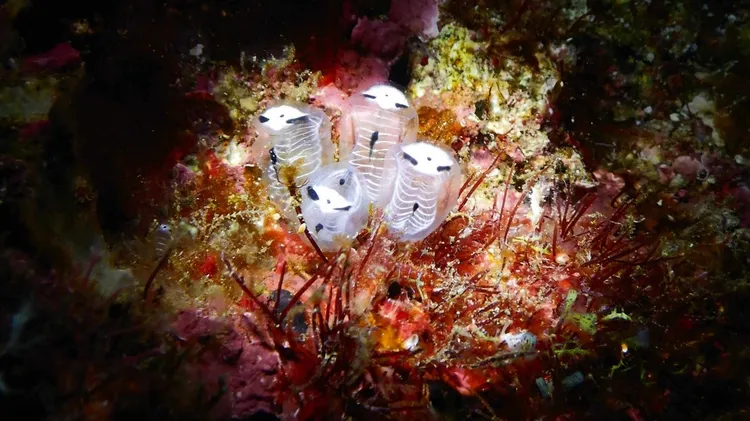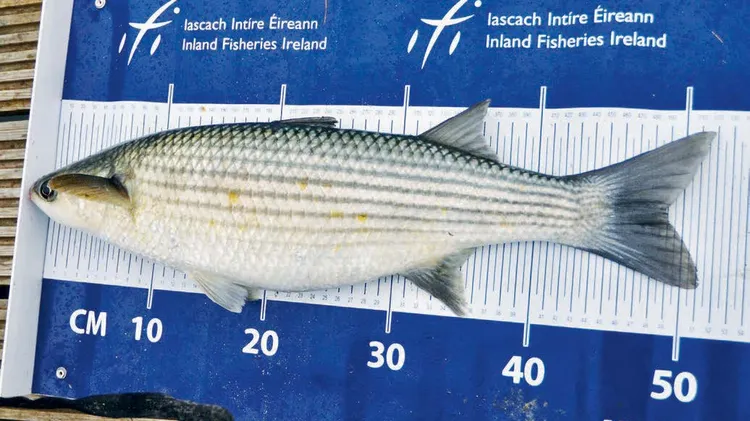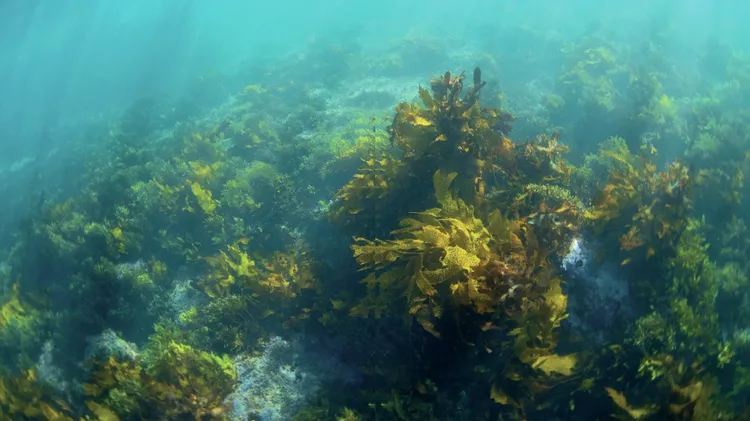Slow to breed and not destructive, white wizards could be the problem-free
Best foot forwards
3 min read
This article is from...
Read this article and 8000+ more magazines and newspapers on Readly






